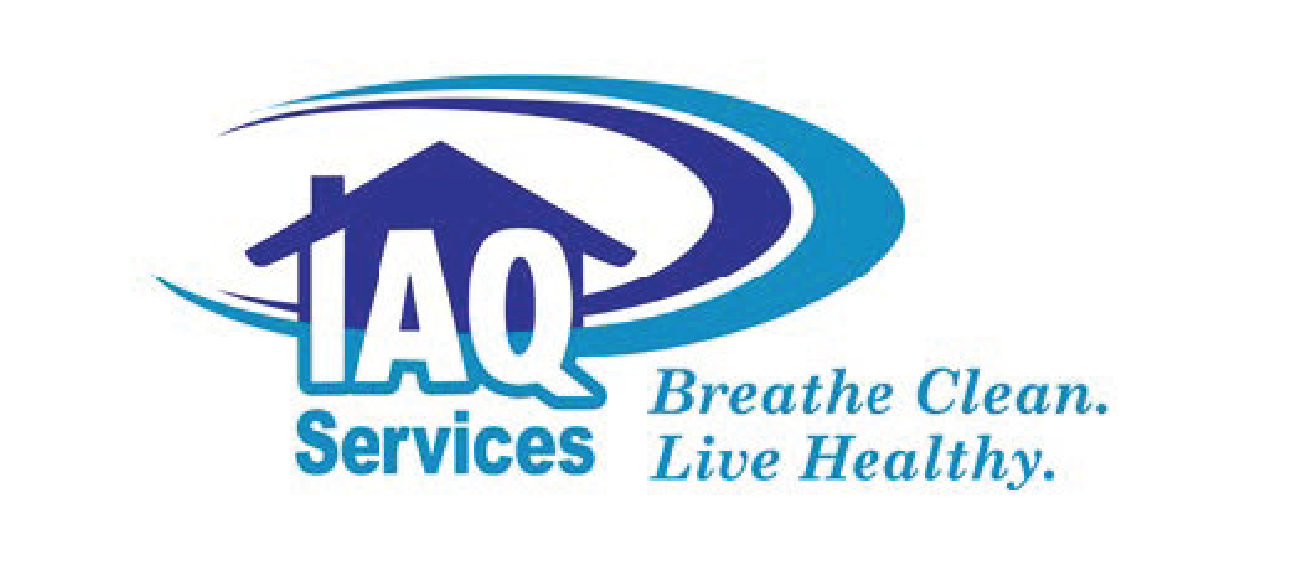Post-Flood Recovery: Restoring Air Quality in Your Home
Restoring indoor air quality after a flood in New Orleans involves addressing moisture, mold, and pollutants. Here is a comprehensive guide to help homeowners and business owners restore their indoor air quality.
Safety First
Turn off the main power supply before entering a flooded area to prevent electric shock. If the main switch is in a flooded area, seek professional assistance from an electrician.
Wear waterproof gloves to protect your hands from contaminants and chemicals and N95 respirators to protect against inhaling mold spores, dust, and other airborne particles. Make sure to protect your eyes from splashes and debris with safety goggles.
Before entering a flooded building, check for structural damage such as cracks in the foundation, sagging ceilings, and warped floors. If the building appears unsafe, do not enter and call a professional for assessment.
Ensure the area is secure from hazards such as broken glass, sharp objects, and unstable furniture. Remove or mark any dangerous objects.
Be aware that floodwaters may contain sewage, chemicals, and biological contaminants–assume that any standing water is contaminated.
Dispose of contaminated materials such as carpeting, drywall, and insulation according to local regulations. Use heavy-duty trash bags and seal them tightly.
Water Removal
First, assess the situation and determine the extent of flooding and the type of water involved (clean, gray, or black).
Blackwater, which contains sewage or other hazardous substances, requires professional handling. Before starting water removal, document the damage with photos and videos for insurance.
Drying and Dehumidification
If weather permits, open windows and doors to facilitate natural air circulation. This helps to reduce indoor humidity levels.
You can also create cross-ventilation by opening windows and doors on opposite sides of the room or building. This allows for a continuous flow of air through the space.
Place portable dehumidifiers in each affected room. These units draw moisture from the air, lowering humidity levels and aiding in the drying process.
For large-scale or severe flooding, industrial-grade dehumidifiers are more effective. These units have higher capacity and can handle larger volumes of air. Keep windows and doors closed while using dehumidifiers to create a controlled environment and increase efficiency.
Consider using air movers, designed to circulate air at a high volume and low pressure, effectively drying carpets, floors, and walls. Also, consider professional assistance for water-damaged areas.
In extremely damp conditions or for large areas, desiccant dehumidifiers are beneficial. These units use chemical absorbents to remove moisture from the air, which is especially useful in cooler environments where refrigerant dehumidifiers are less effective.
Use moisture meters to regularly check moisture levels. Ensure that the levels are consistently decreasing. Keep fans and dehumidifiers running until moisture levels return to normal. This might take several days to a few weeks, depending on the extent of the damage.
To prevent mold growth, aim to achieve a relative humidity level of 30-50%. Monitor for any signs of mold and address them immediately if they appear.
Mold Prevention and Removal
Start the drying process within 24-48 hours to prevent mold growth. Mold can develop in as little as 24 hours in damp conditions. Discard or thoroughly dry any wet materials that cannot be dried quickly, such as carpeting, upholstery, and insulation.
Use moisture meters to monitor the moisture content in walls, floors, and other structures. This helps identify areas that may still be at risk for mold growth. Regularly inspect areas prone to moisture, such as basements, crawl spaces, and attics. Look for signs of water damage and mold.
Make sure to regularly clean surfaces with mold-inhibiting solutions. For instance, water and vinegar can help prevent mold on non-porous surfaces. Fix leaks in roofs, walls, or plumbing systems promptly to prevent moisture accumulation.
Clean non-porous surfaces (like glass, metal, and hard plastics) with detergent and water. Rinse and dry thoroughly. Materials like drywall, insulation, and carpeting that have been extensively contaminated with mold should be removed and discarded.
Use a bleach solution (1 cup bleach to 1 gallon of water) to disinfect surfaces. Apply the solution, allow it to sit for 15 minutes, and then rinse and dry (note: never mix bleach with ammonia or other household cleaners). There are commercial products specifically designed for mold remediation. Follow the manufacturer’s instructions for safe and effective use.
After cleaning and disinfecting, use a HEPA vacuum to remove residual mold spores from floors and surfaces. Dispose of the vacuum bag or contents in a sealed plastic bag.
Advanced Mold Remediation
For significant mold issues, consider hiring a licensed mold remediation professional for the proper protocol to take place. They can identify the type and extent of mold contamination.
After the remediation protocol is completed, post-mold testing can be done to ensure that mold levels have been reduced to normal levels found in the external environment. To prevent possible future issues, it is recommended to continue monitoring and controlling humidity levels and promptly address any new issues that may arise as a preventive to new mold recurrences.
Due to the high humidity in New Orleans, be particularly vigilant about moisture control. Use dehumidifiers where needed and ensure proper ventilation in all areas of the home.
Act Quickly to Minimize Damage and Risk
Restoring indoor air quality after a flood is critical to ensure a healthy living environment. Following these steps will help you mitigate damage, prevent health issues, and maintain a safe indoor space. For further guidance, call the professionals at IAQ Services for tailored solutions to suit your needs.
